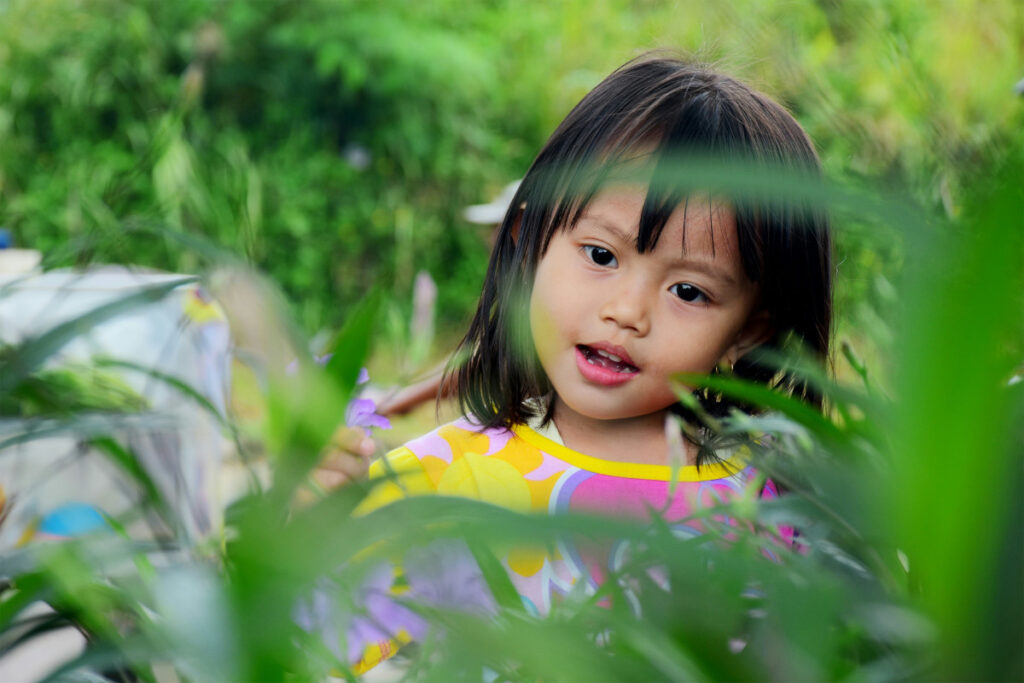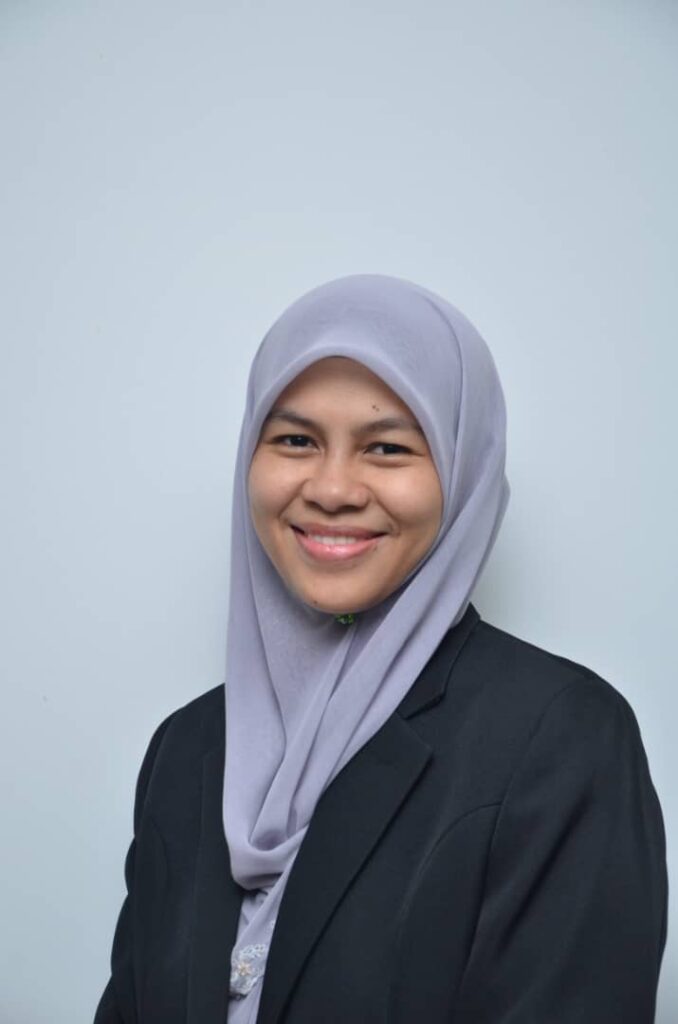By Khalidah Adibah Sahar, Maisarah Hasbullah, Noor Munirah Isa

If you want to see the future of Malaysia, don’t look at the Parliament. Look inside a preschool classroom at 10 a.m., where tiny hands are building cities out of blocks, or pretending the water in the sandpit is an endless river. Here, in these small worlds, the habits that will one day shape the real one are already forming.
A recent 2023 study by UPSI researchers involving 219 preschool teachers across Malaysia revealed something both hopeful and worrying: teachers actually know about sustainability. They believe in it. They want to model it for their students. Many can explain environmental care, social equity, and responsible resource use with ease. Their hearts are in the right place. But when the storybooks close and the day’s lessons unfold, the ideals don’t always make it into practice—especially in environmental and economic aspects.
Recycling bins sit unused. Water keeps running while cups are washed. The concept of “enough” is rarely discussed when resources are handed out. While social sustainability values like empathy, sharing, and cooperation are often encouraged, hands-on practices such as composting, energy saving, or storytelling around local environmental heroes are far less common.
This isn’t because our teachers don’t care. It’s because the system hasn’t given them the tools, time, or training to weave sustainability seamlessly into daily learning. Early childhood teacher training programmes rarely show how to teach sustainability to a four-year-old in ways that are playful, tangible, and culturally relevant. Without that scaffolding, even the most committed educator can feel like they’re improvising — and often under less-than-ideal conditions.
In under-resourced schools or rural areas, these challenges become more pronounced. Limited access to outdoor spaces, a lack of clean infrastructure, or even shortages of basic materials can make “green” teaching feel like a luxury. Yet interestingly, our study found that public and private preschool teachers demonstrated similar levels of sustainability awareness. The care is there. What’s missing is the bridge between knowing and doing.
The irony is sharp: we talk about building green cities and smart economies, yet the foundations—the mindsets of the next generation—are left to chance. The smallest classrooms are where the largest changes can begin, but they are also where the cracks in our commitment show most clearly.
If Malaysia is serious about the Sustainable Development Goals—particularly Goal 4 (Quality Education), Goal 13 (Climate Action), and Goal 12 (Responsible Consumption and Production)—we need to stop treating sustainability as a subject and start treating it as a culture. A culture that’s baked into curriculum design, teacher training, and the everyday rhythm of school life.
Imagine preschools where compost bins sit next to snack tables, where community gardens are as normal as playgrounds, and where stories of indigenous environmental wisdom are told alongside fairy tales. These changes don’t require massive budgets or sweeping reforms—just intentionality, creativity, and support for the educators who are already willing.
Because here’s the truth: preschoolers don’t just learn alphabets and numbers. They learn how to share, how to care, and how to notice the world around them. They copy what they see. If their classroom models wastefulness, they will assume that’s the norm. If it models care and responsibility, they will carry those habits forward.
For that to happen, awareness must lead to action—not tomorrow, not when budgets improve, but now. This means giving teachers access to practical sustainability resources, embedding environmental and economic awareness into lesson plans, and recognising these efforts as central, not supplementary, to education.
Once a child learns that rivers don’t run forever, that rubbish doesn’t disappear, and that fairness is worth fighting for, they carry it into every decision for the rest of their lives. That’s not just education. That’s nation-building in its purest form.
And so, the challenge is not whether we believe in sustainability, but whether we are prepared to practise it in the places where it matters most. Because in the quiet of those small classrooms, with their tiny chairs and bright crayons, the future is already being written — and we get to decide what kind of story it will tell.



The authors are senior lecturers from the Department of Science and Technology Studies, Faculty of Science, Universiti Malaya
